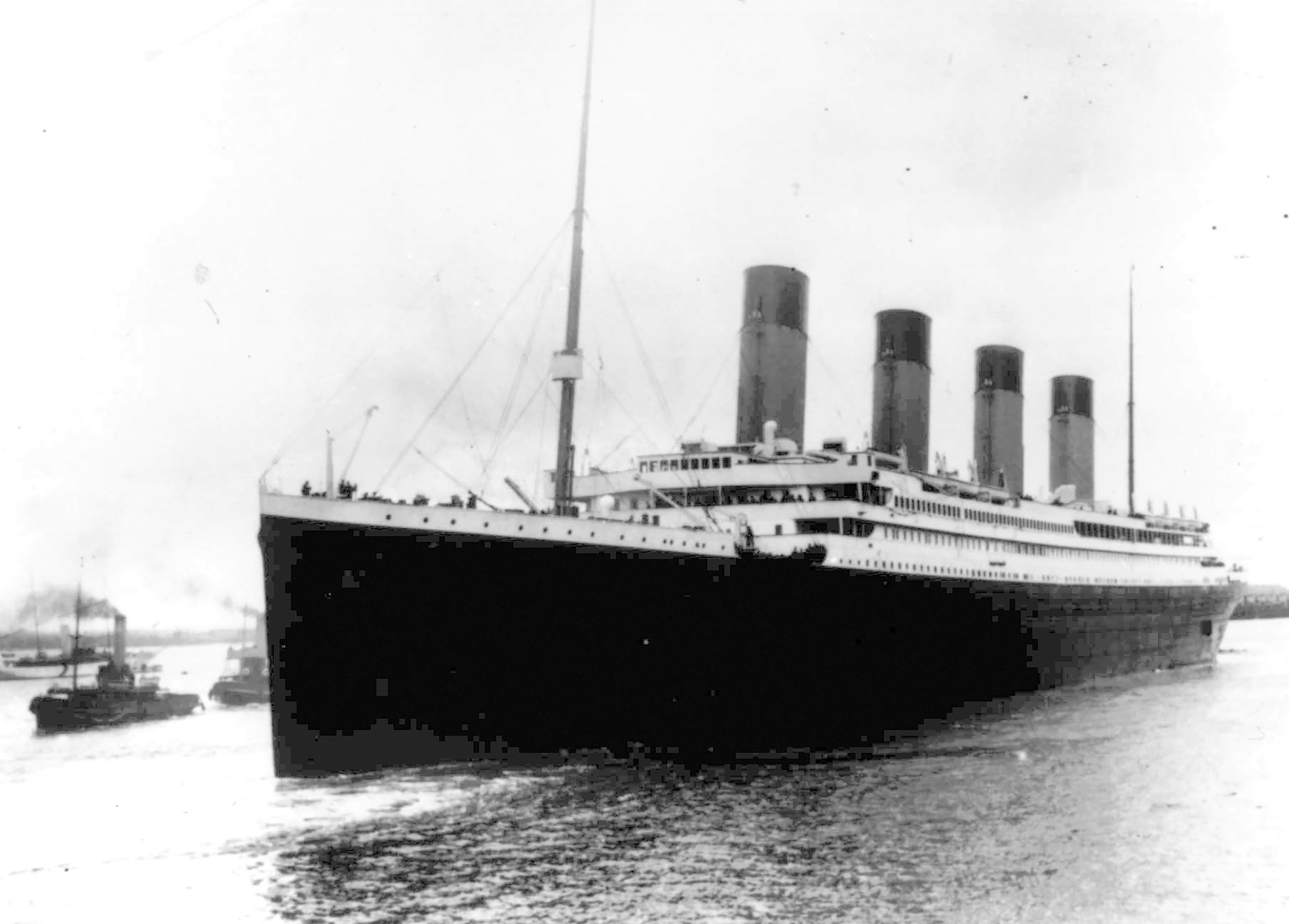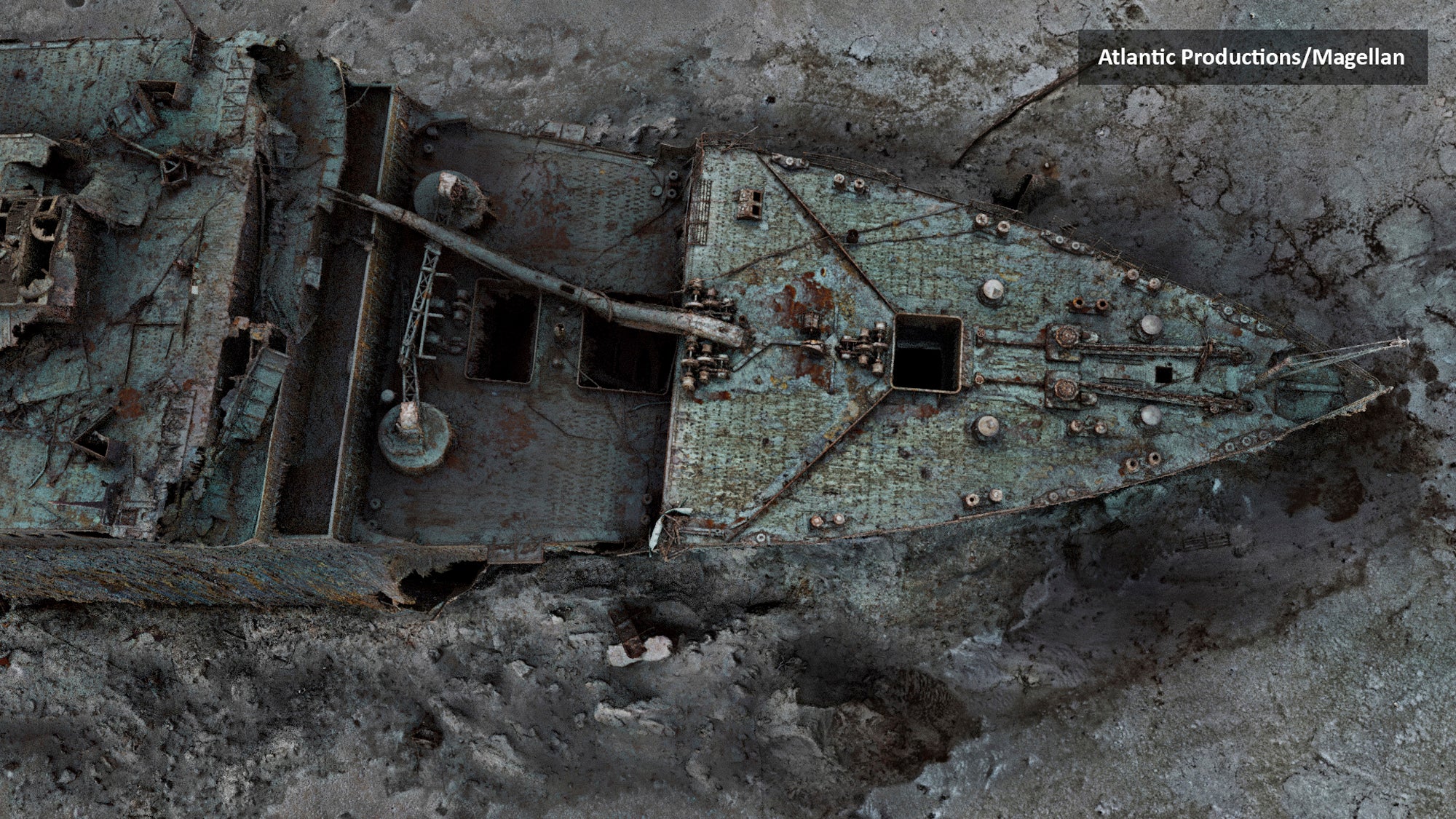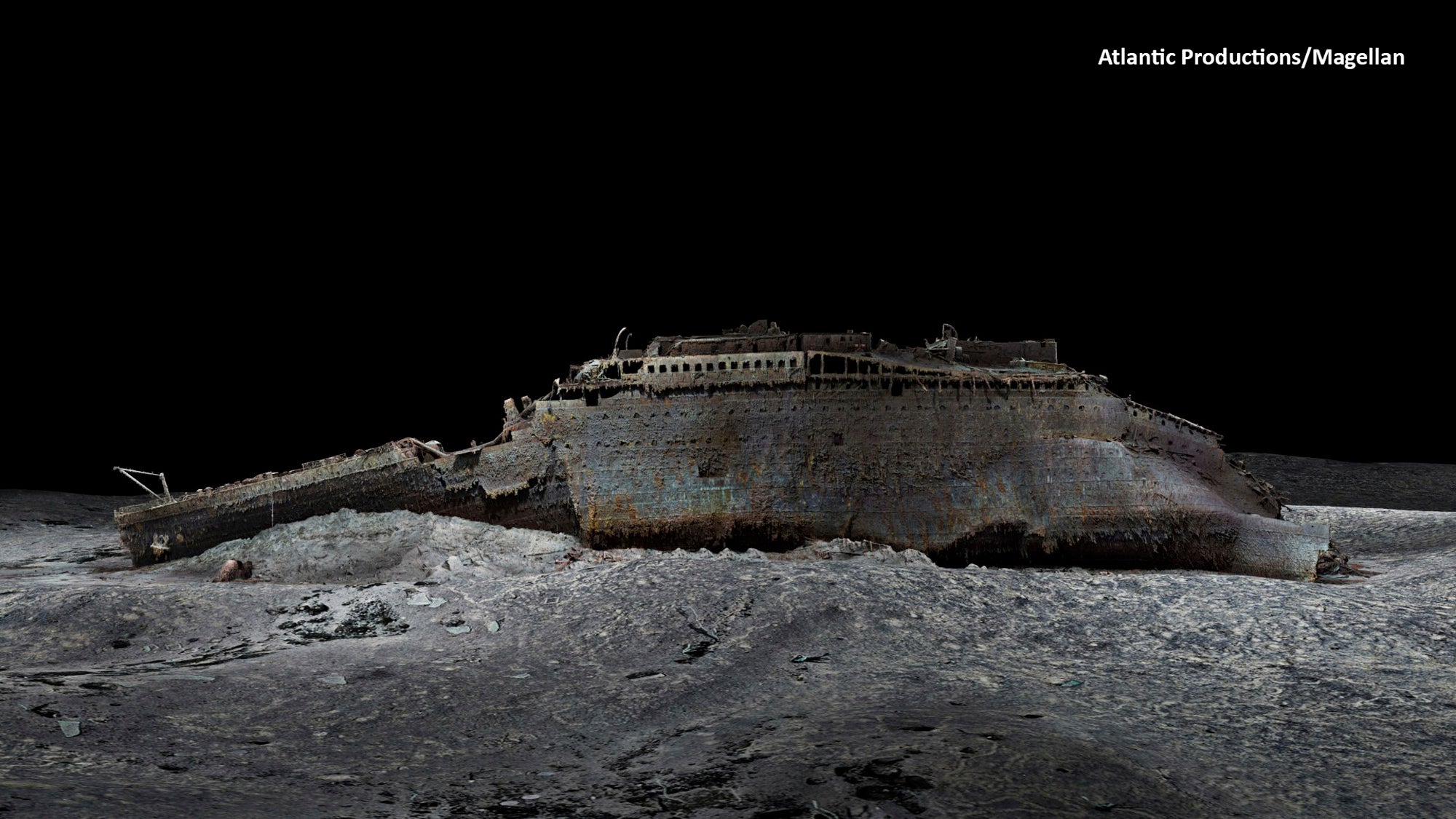Titanic’s first 3D scan reveals the details of the last hours of the condemned ship

A natural digital scan of natural size of Titanic revealed Further information on the final moments of the condemned ship And they confirmed the reports of the eye witnesses that the engineers worked until the end to keep the lights on.
The 3D replica was created using underwater robots which traveled 3,800 m to the ocean bed of AtlanticWith over 700,000 images taken to create a “digital twin” of the wreck.
A computer simulation also indicated that the dripping in the hull, which have the size of the A4 paper pieces, probably led to sinkwhich led to the loss of 1,500 lives after the ship hit an iceberg in 1912.
Among the new details discovered by the scan there is an porthole probably destroyed by the iceberg. This seems to corroborate the reports of the eye witnesses of the survivors that the ice had entered the cabins of people during the collision.

“Titanic is the last eyewitness that survived the disaster and still has stories to tell,” said the Stephenson parks, a titanic analyst.
The scan was produced for a new documentary from National Geographic and Atlantic productions called Titanic: The Digital Resurrection.
“It’s like a crime scene: you have to see what the tests are, in the context of where they are located,” said the Stephenson parks.
“And having a complete view of the entire wreck site is the key to understanding what happened here.”

Although Titanic producers say that the line was unreliable, he suffered colossal damage when an iceberg torn six stagnation compartments, causing flooding the ship.
During the following hours, he started to drastically tilt with passengers who reported that the lights were still on when they dived under the waves.
Since the boiler room is located in the back of the section of the arch where the ship broke into two, the experts can see that some boilers are concave, which suggests that they were still operational.
A valve can also be seen in an open position, indicating that the steam still flowed into the electricity generation system.

The group of engineers responsible for being behind to shovel the coal in the furnaces died in the disaster, giving life to ensure that the lights remained on for the crew members to launch the lifeboats.
The simulation of the ship also shows that, despite the ship that has only taken a shot against the iceberg, it caused a series of drips to snatch a line through the hull.
“The difference between titanic sinking and non -sinking depends on the fine margins of holes of the size of a piece of paper,” said Simon Benson, associated professor of naval architecture at the University of Newcastle.
“But the problem is that those small holes are found through a long duration of the ship, so the flooding water arrives slowly but certainly in all those holes, and then in the end the compartments are flooded above and titanic sink.”
Titanic, owned and managed by the British company White Star Line, sank in the early hours of April 15, with the scan that also revealed the personal goods of passengers who dirty the surrounding sea fund.
The wreck is quickly deteriorating under water and could completely disappear within the next 40 years.




